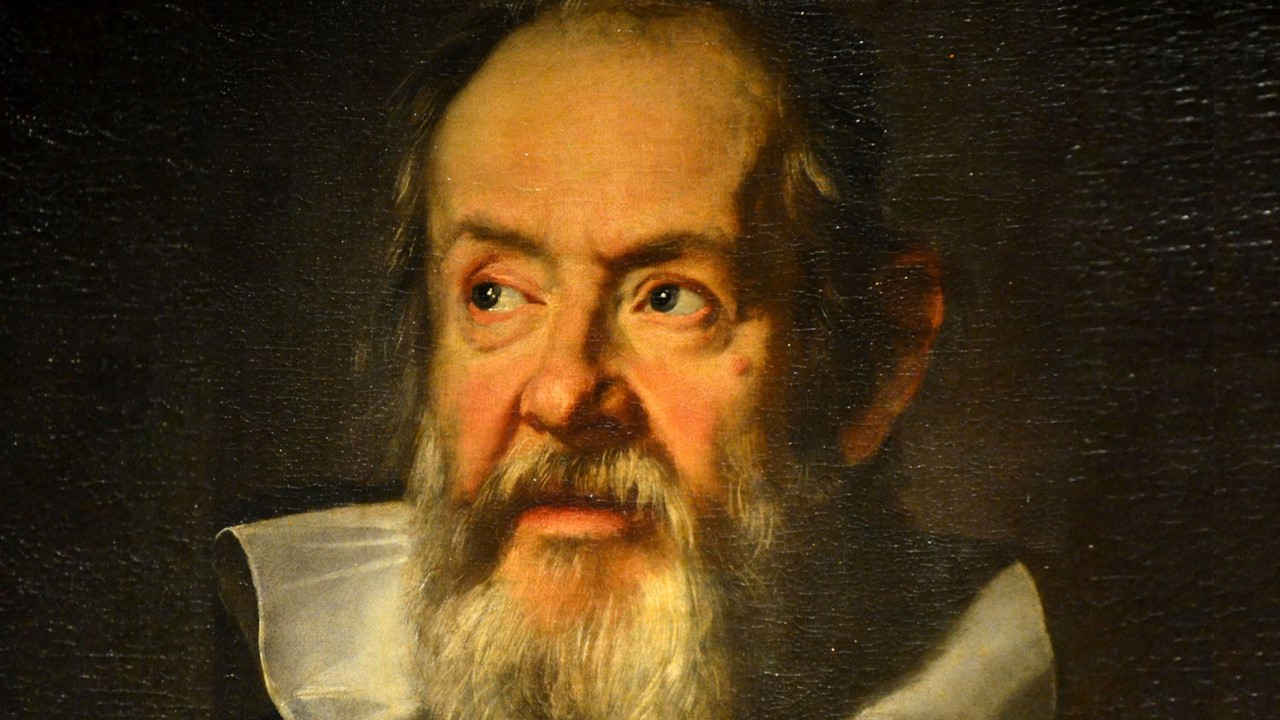
Ludwig Boltzmann was an Austrian physicist and philosopher who did not get the recognition for his work that he deserved. It is that which drove him to deep depression and which ultimately led to his suicide in 1906, aged 62.
However, today, we know Boltzmann as one of the founders of thermodynamics. His work, that is, statistical mechanics, is one of the pillars of modern physics. He is remembered not only for his pioneering contributions but also for his great personality.
As a student
He obtained his doctorate from the University of Vienna in 1866. His thesis was on the kinetic theory of gases, but it was built upon the idea of atoms, the existence of which was not universally accepted at that time.
James Clerk Maxwell at that time was the only person to take Ludwig's theory seriously. He compiled a list of ideas which helped Boltzmann come up with, what is now called, Maxwell–Boltzmann distribution.

As a teacher
He taught maths and physics at various universities during his lifetime. Name and year of joining are: University of Graz (1869), University of Vienna (1873), University of Munich (1890). His students included the likes of Lise Meitner and Paul Ehrenfest.
But what brought him wider public attention were his lectures on philosophy. The lecture halls were jam-packed and because of their popularity, Boltzmann was also invited for a dinner party by the then Emperor of Austria.
As a husband
In 1872, long before women were allowed to study at Austrian Universities, Ludwig met the love of his life, Henriette von Aigentler. She wanted to become a professor of physics in Graz but her application was rejected.
Unlike his colleagues at the University of Graz, Boltzmann supported Henriette's decision to re-apply and helped her in the same. In 1876, Ludwig and Henriette married and had three daughters and a son.
Work on Entropy
In 1877, Ludwig explained the law of entropy, that all systems will either be in a state of disorder or move towards it, in an equation which is inscribed on his tombstone. His work was viciously attacked by many leading scientists of the time which led ultimately to his suicide in 1906.

















 Physics, astronomy and science history blog for students
Physics, astronomy and science history blog for students